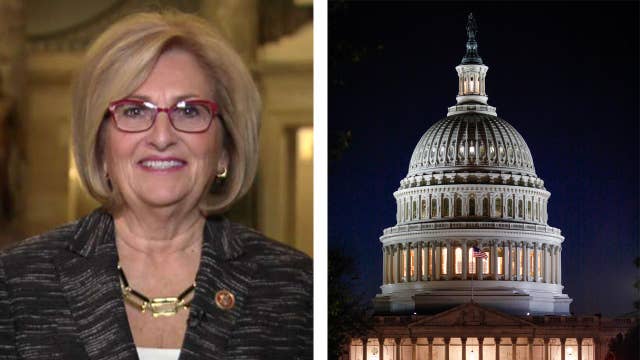
#Black on the job manual
(Only one in eight owned the land on which he worked.) A trivial 5 percent of black men nationally were engaged in nonmanual, white-collar work of any kind the vast majority held ill-paid, insecure, manual jobs-jobs that few whites would take. When Gunnar Myrdal published An American Dilemma in 1944, most blacks lived in the South and on the land as laborers and sharecroppers. And yet, in reality, blacks who consider themselves to be middle class outnumber those with incomes below the poverty line by a wide margin.įifty years ago most blacks were indeed trapped in poverty, although they did not reside in inner cities. In a 1991 Gallup poll, about one-fifth of all whites, but almost half of black respondents, said that at least three out of four African Americans were impoverished urban residents.

Blacks are even more prone than whites to exaggerate the extent to which African Americans are trapped in inner-city poverty. Crime and the welfare check are seen as their main source of income. Many assume blacks live in ghettos, often in high-rise public housing projects. Almost a third of the black population lives in suburbia.īecause these are facts the media seldom report, the black underclass continues to define black America in the view of much of the public. Black two-parent families earn only 13 percent less than those who are white. Forty-two percent own their own homes, a figure that rises to 75 percent if we look just at black married couples. And thus it’s news that more than 40 percent of African Americans now consider themselves members of the middle class. Our hope is that companies and other stakeholders will use our work as the basis for the development of initiatives to accelerate progress toward a more diverse labor force and an inclusive and equitable private-sector experience for Black workers-and all workers.Progress is the largely suppressed story of race and race relations over the past half-century.
#Black on the job full
The challenges and the opportunities we outline are developed in greater detail in the full report of our research, Race in the workplace: The Black experience in the US private sector. The impact of greater access to opportunity and advancement would be far reaching for the 15 million Black US workers currently engaged in the private sector. And they will have to act more boldly than they have done in the past. Given the scale and complexity of the challenges, companies will need to work together to see material changes. Achieving equity for Black workers in the private sector requires addressing the challenges on many fronts, including geography, industry, job type, and everyday workplace and culture challenges. We believe that companies that hope to make meaningful progress face ten key challenges. Many researchers see the challenges as rooted in the socioeconomic and racial history of the United States.

As a recent article explained, “Inequality is baked deep into our current capitalist society.” 1 Greg Hill et al., “A CEO blueprint for racial equality,” joint article from FSG, JUSTCapital, and PolicyLink, July 2020,. The scale of the issues facing Black US workers is massive, and the roots of the problem are deep. We augmented that analysis with data from 24 companies representing 3.7 million US employees, learning about the employee experience of those people through interviews, focus groups, and surveys. We analyzed data from the US Bureau of Labor Statistics, the US Census Bureau, the US Equal Employment Opportunity Commission, and other sources. That’s why McKinsey recently embarked on an extensive research effort to characterize Black Americans’ experience in the US workplace. To solve a problem, you need to understand it.


 0 kommentar(er)
0 kommentar(er)
